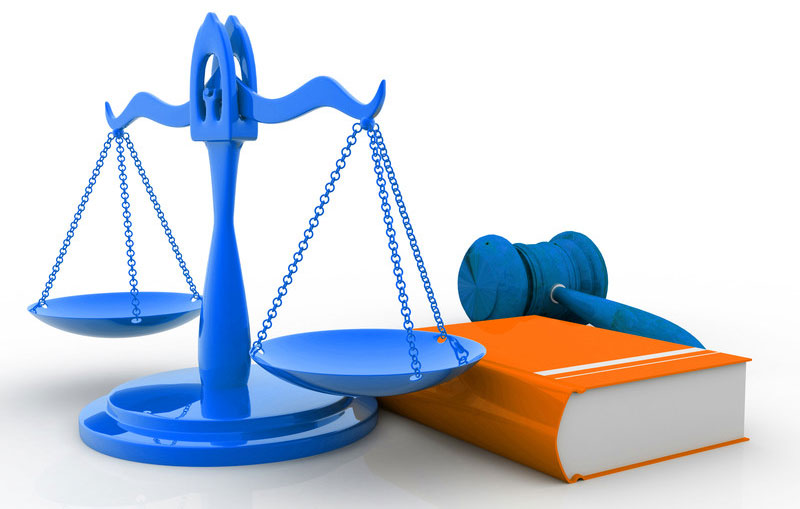Like video depositions supported by deposition transcription, litigation graphics are a powerful tool that allows lawyers to present complex arguments to the jury. Pictures speak louder than words and well-designed and executed trial graphics can help lawyers win their case. Moreover, graphics transmit messages faster and integrating words with images are a great option for opening and closing an argument.

Litigation graphics can be used effectively in the following situations:
- In complex trials that require synthesizing large amounts of evidence
- To explain complex matters
- When chronology or a timeline is critical
- When there is a possibility of information overload in a trial/arbitration
- When language, processes and concepts are highly technical
- If evidence tends to be ambiguous and lacks conviction
- To explicitly show changing views of objects and environments as well as evolving processes
Litigation graphics should present information clearly and succinctly to explain and support the case. They can be effectively used to illustrate motions in areas such as bankruptcy, patent litigation, and litigation involving highly technical aspects of scientific research.
The Expert Institute discusses a medical malpractice case involving a surgical system. According to the report, a newer variety of trial graphic evidence made all the difference in this case, that is, the machine itself was recreated as a 3D rendered model, allowing the jury to understand exactly how such an instrument is used during surgery.” Many medical malpractice suits involve the improper use of advanced medical technologies and machines and using trial graphics is a powerful way to bring an expert’s testimony to life before the jury.
Here are some key considerations for the effective use of trial graphics:
- Simple and straightforward: To make the legal presentations a persuasive communication tool, graphics should be straightforward and present complicated details in an understandable manner. Technology should not be used just for technology’s sake. And avoid flashy backgrounds that will distract from the content.
- Avoid over-layering: Space considerations are important. The image needs to fit well into the available space. The best option is to identify the most important point of the graphic and make it the central element on the screen. Text should be clear and legible.
- Provide the graphics expert with accurate case information and material: The graphics team should be provided with accurate information such as images, maps, dates, and necessary documents as early as possible, says Litigation Insights. Sending illegible scans, for instance, can compromise the design process. Make sure that the graphics team has detailed case information, high-quality materials, and other supporting data to start and support the design process. The team should be also given enough time to study the case so that they can deliver effective graphics. Medical legal illustrations, for instance, can take time to develop.
- Text: Text should be symmetrical and distributed evenly across the slide with adequate margins, line spacing and paragraph spacing. Care should be taken to avoid large blocks of small, difficult-to-read. Timelines should have large, readable fonts.
- Make an effective timeline: A chronology and timeline of key events shows what happened in what sequence, leading to conclusions about cause and effect. However, litigation firm Above the Law points out that timelines are one of the graphics that litigators do wrong. Knowing how to create timelines and use them appropriately is the key to success with timelines in litigation graphics. The article notes that timelines should be assessed, trimmed, tweaked, and simplified before it is finalized. Splitting up a timeline reduces the number of events and makes the entries in the timeline larger and more readable. It should tell the story while giving the jurors less facts to cope with.
- Color choice: Color is a powerful element in trial graphics. Each color comes with positive and negative associations and using colors effectively can bolster the argument. Used effectively, light and dark colors allow for a visually appealing presentation.
- Work with the graphic artist: Having a clear purpose and conveying this to the trial graphics team early in the development of the case is important. A skilled team can create effective and impactful PowerPoint presentations and litigation graphics to tell your story after assessing your ideas. Remember that adding or altering dates on a timeline can result in revision of information and even require complete redesign. Rather than revision requests, which would raise costs, focus on sending approved edits to the graphics team. Frequent and early communication with the graphic artist will ensure that the project is on track and avoid the need for prolonged, expensive work on the graphics.
Digital tools enable litigators to present testimony and evidence in innovative ways. Along with legal transcription services, visual support with creative trial graphics can promote the jurors’ understanding of testimony evidence and promote accurate and complete recall as juries deliberate.



